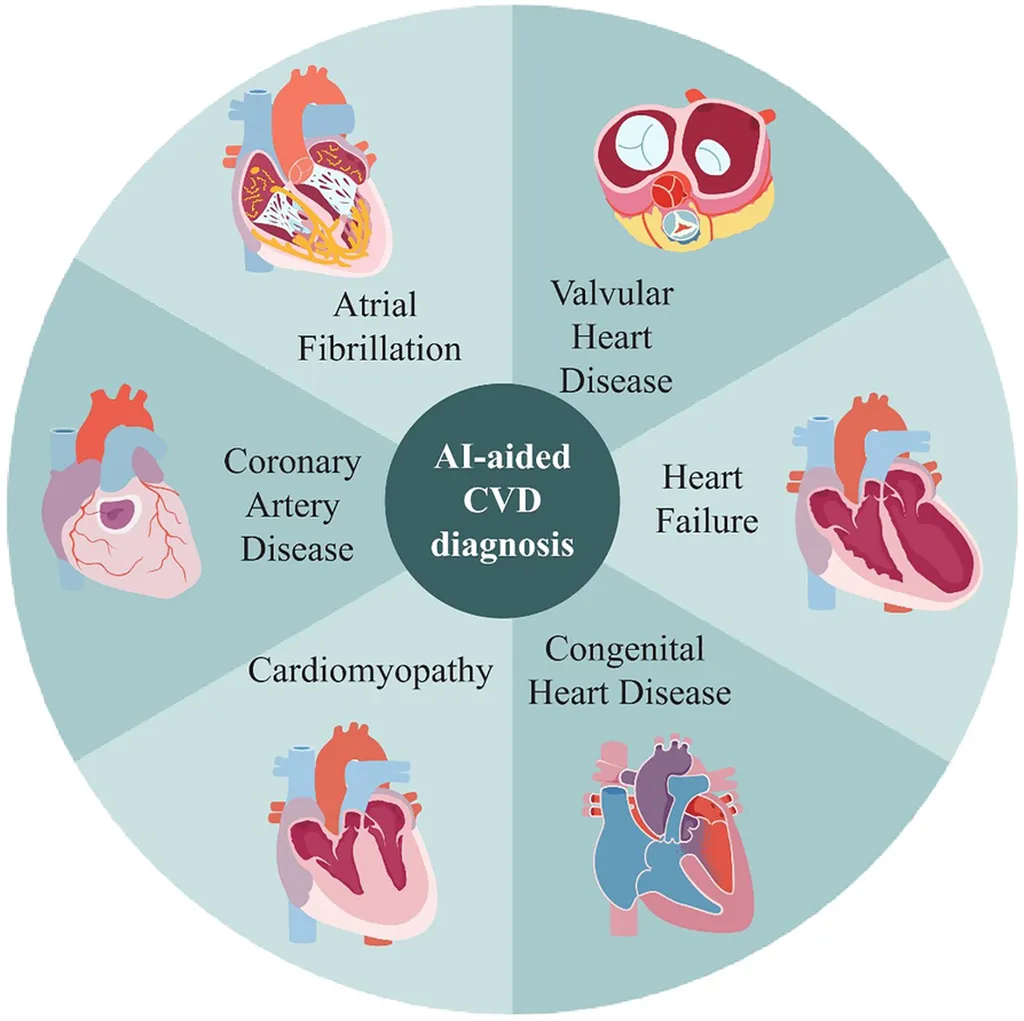In the ever-evolving landscape of medical technology, a groundbreaking tool is poised to revolutionize the diagnosis of a recently classified form of cardiomyopathy. Salvador de Haro, a researcher from the Department of Computer Engineering, has introduced the LVNC detector, an application that promises to streamline and enhance the automated diagnosis of Left Ventricular noncompaction (LVNC). This innovation, detailed in a recent study published in ‘IET Software’ (translated to English as ‘Software’), leverages cutting-edge machine learning techniques to bring efficiency and accuracy to cardiology.
The LVNC detector builds upon the foundation of DL-LVTQ, a deep learning solution for trabecular quantification in the left ventricle. De Haro and his team have integrated two segmentation models: DL-LVTQ and ViTUNet, a hybrid architecture that combines convolutional neural networks (CNNs) and transformer-based designs. “By integrating these models within an ensemble framework, we’ve significantly improved the accuracy and robustness of MRI segmentation,” de Haro explains. This advancement is a game-changer for cardiologists, offering a tool that can seamlessly integrate into clinical workflows and reduce human error.
One of the key innovations of the LVNC detector is its use of multithreading to optimize model loading times. This feature ensures real-time performance, allowing cardiologists to select and compare segmentation models for improved diagnostic outcomes. The platform-independent design of the application further enhances its usability, as it is compatible with both Windows and Linux, eliminating complex setup requirements.
The implications of this research extend beyond the immediate benefits to cardiology. The integration of state-of-the-art machine learning techniques into clinical practice sets a precedent for future developments in medical technology. As de Haro notes, “This work demonstrates how advancements in deep learning can expedite diagnostic processes and improve patient outcomes.” The LVNC detector not only supports cardiologists in their daily practice but also paves the way for further innovations in the field of medical imaging and diagnosis.
In an era where technology and medicine are increasingly intertwined, the LVNC detector stands as a testament to the potential of machine learning to transform healthcare. As researchers continue to explore the capabilities of deep learning, tools like the LVNC detector will undoubtedly play a pivotal role in shaping the future of medical diagnostics.

